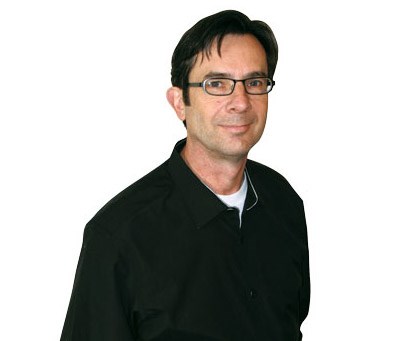Powder Coating Clinic: Oil Seeping out of Large Welded Tubing
Q. We have a large part made out of tubing that is welded together. The tubing has a lot of oil seeping out of the welds when the part is heated and causes a defect in the cured film. We cannot get the oil out of the tubing in our washer. We tried cleaning up the defect and running it again, but oil still runs out. How can we get that oil out of the tubing?
#curing

Q. We have a large part made out of tubing that is welded together. The tubing has a lot of oil seeping out of the welds when the part is heated and causes a defect in the cured film. We cannot get the oil out of the tubing in our washer. We tried cleaning up the defect and running it again, but oil still runs out. How can we get that oil out of the tubing?
Featured Content
A. Oil is a necessary surface contaminant when steel is processed and shipped to lubricate it during processing and to protect it from rust during shipping and storage. If it is on the outside of a part, we use a combination of heat and chemistry to break it from the surface and flush it away prior to coating. But, if it is inside a welded tube, we have no method to remove it. In some cases, the volume is high enough to cause seepage from the inside of the part like you describe. Based on your description, you do not have any practical method to remove the oil. You cannot get a cleaner inside the tube and drain it back out. You cannot apply pressure to the cleaner inside the tube to help scrub it away. You can use heat, but it will take a very long time to boil it all out, and you may still have small defects. The only way the oil can be effectively removed is before the part is welded together. The manufacturer will need to clean the parts or have another source clean the parts before they assemble it. If they remove the rust inhibitor from the outside of the tubing, they may need to apply a light coating of oil or phosphate to the surface to protect it until it can be coated.
Originally published in the December 2016 issue.
RELATED CONTENT
-
Fundamentals of Liquid Coatings for Finishing Operations
Before liquid coatings are selected for the industrial finishing line, it is important to have a solid understanding of how a coating works.
-
Are TGIC-Free Powder Coatings Right For You?
This alternative to TGIC-based polyester powder coatings offers similar performance and enhanced transfer efficiencies.
-
8 Things You Need to Know About Paint Booth Lighting
Global Finishing Solutions has come up with some helpful insights on lighting for paints booths which plays a crucial role in achieving a quality paint job.



















